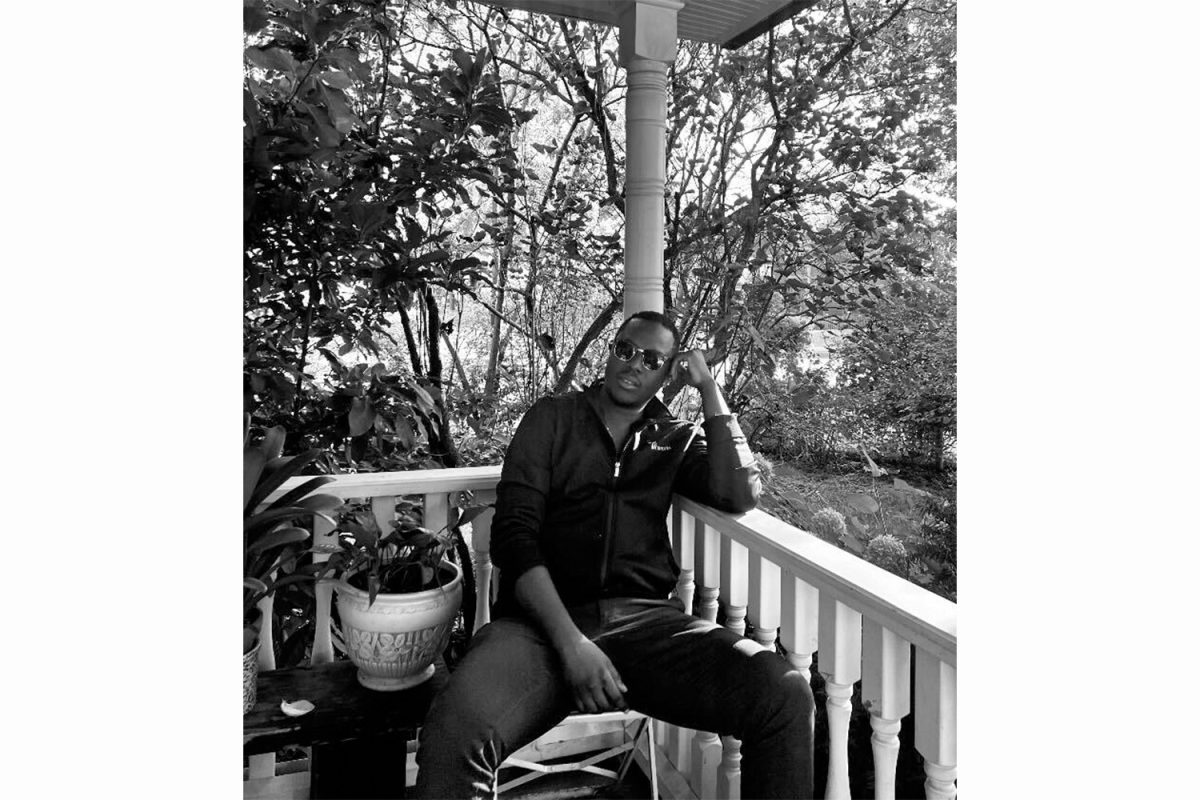Although J.C. Hallman recently released his third publication, his days of seeing his writing on the printed page started early.
“Once, when I was about 16, [my teacher] brought into class a decade-old literary magazine, a collection of poems and stories by elementary-school students,” Hallman wrote in an e-mail to The Daily Iowan. “I opened it up, and I was in there — this little poem I’d written when I was 6.”
The 42-year-old author said that moment was a trajectory in his writing career. He will be reading from his first work of short stories, Hospital for Bad Poets, today at 7 p.m. at Prairie Lights Books, 15 S. Dubuque St. Admission is free.
Hallman grasped his obvious flair for writing during his undergraduate studies at the University of Pittsburgh, where he began taking graduate courses by his junior year.
From there, Hallman entered the Iowa Writers’ Workshop. According to the author, his experience at the prestigious writing school was not what one might expect.
“The Workshop for me was all about learning to take things seriously — raising the stakes of what I was doing,” Hallman said. “When I came to the Workshop, the department administrative assistant had read my manuscript and discussed it with me … the Workshop for me was as formative as family.”
Hallman published two books prior to his début collection of short stories, The Chess Artist, the story of his friendship with a chess master, and The Devil is a Gentleman, a detailed examination of unusual religions and spirituality.
That makes Hospital for Bad Poets Hallman’s first work of fiction.
“For me, fiction is a way of exploring that which simply happens in my life, that which I experience as a function of living my life,” the Southern California resident said. “Nonfiction comes from experiences I cultivate … they’re both tied to me intimately, and in each case, it’s an attempt to create literature.”
Hallman’s work is weighted heavily with lines and ideas of philosophical tales. He said his fiction contains a somewhat fabulist note, but often those fantastic turns are an attempt to render actual experiences that don’t lend themselves to a straight retelling of events.
“My fiction wants to be driven as much by ideas as by characters and plot,” Hallman said. “In the same way, in my own life, I moved into nonfiction and began researching things, I noticed that the characters in my stories were doing their own kind of research, and the fruits of that research wound up in the stories.”
J.C. Hallman: Hospital for Bad Poets
I told people I was a writer back then, but in secret I was working at a hardware store. I made enough to pay the rent and the heat, and occasionally had time to scribble out stories I didn’t like when they were finished. Sometimes, after our shift, my friend and coworker suggested we stop at a nearby beer garden. It was here that I met Joan, at an old warped picnic table littered with plastic beer pitchers. Looking back, it’s appropriate as the brewing of beer is fundamentally the autopoiesis of brewer’s yeast under warm, wet conditions.
Joan sat alone with a book. My friend and coworker knew her, or had known her, but he had a girlfriend his own age by then. He introduced us.
“This is Joan,” he said. “She has no life, and you have no life. Maybe together you can make life.”
He wandered off into the garden’s oblivion, and Joan and I stared at each other. I looked at her book. It was called, The Conjugal Cyst. Microbiology, I gathered, and eventually I learned that it was the text for a course Joan was taking as part of a continuing education program.
A water treatment plant loomed over the garden. Its odor surfed the breeze toward us across a fetid alley, and provided the context for my only relevant factoid. I nodded at the book.
“The purification of sewage is the autopoietic activity of methane-producing bacteria,” I said.
“How sexy that you know that,” Joan said.
The next moment might have been awkward, but she continued with a lecture.
“The cell is the minimal unit of both autopoiesis and reproduction,” she said. “Lederberg proved definitively that bacteria have a sex life: a donor passes DNA to a recipient. It’s like nursing. Genetic recombination began as an enormous health delivery system.” She went on to explain that even the simplest bacterial sex was not at all simple, and that from a cellular vantage point human sex was identical to that of protistan microbes. She pushed together two beer puddles on the surface of our table to form a sample colony of microbial orgy, then explained that sex had come about as a response to threats in the environment, primarily ultraviolet light. “Dinomastigotes form non-fertilizing conjugal cysts to help one another survive cold spells. Isn’t it romantic?”






